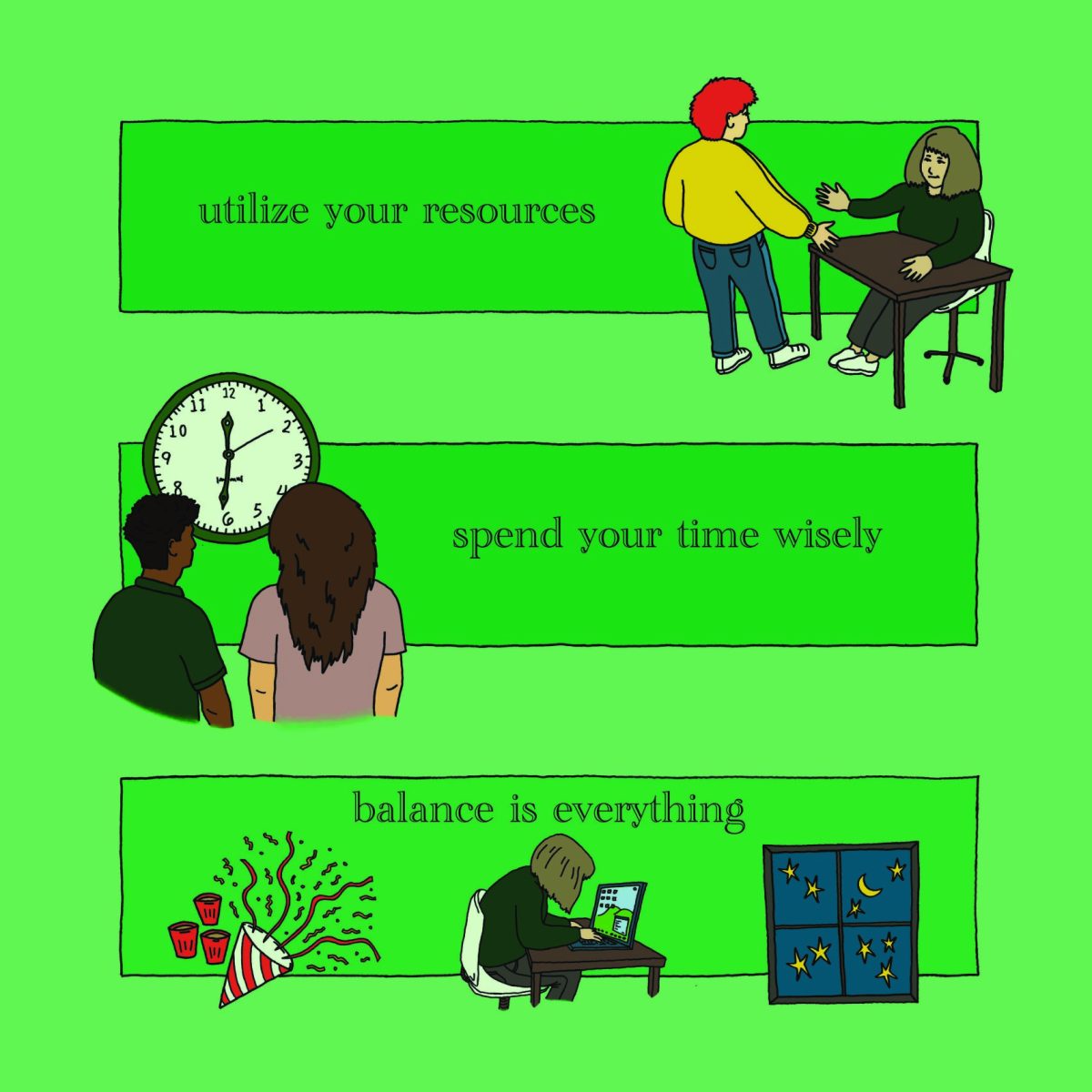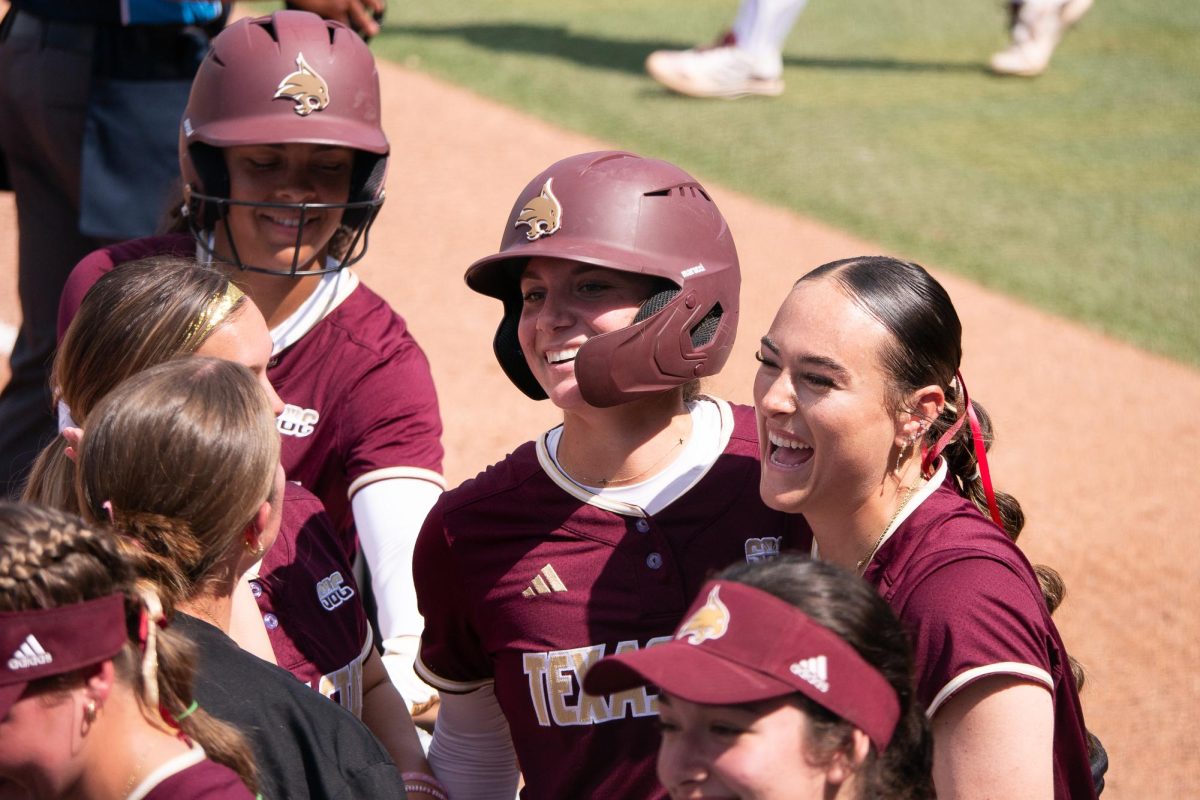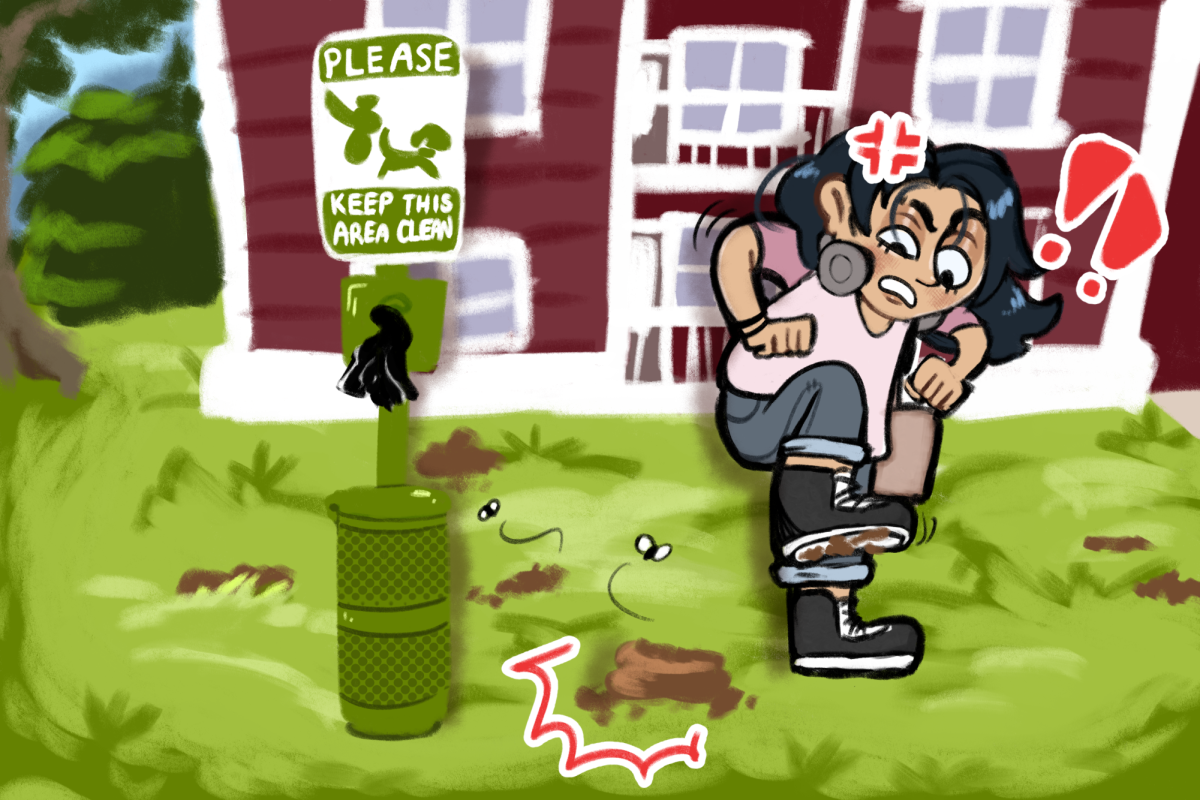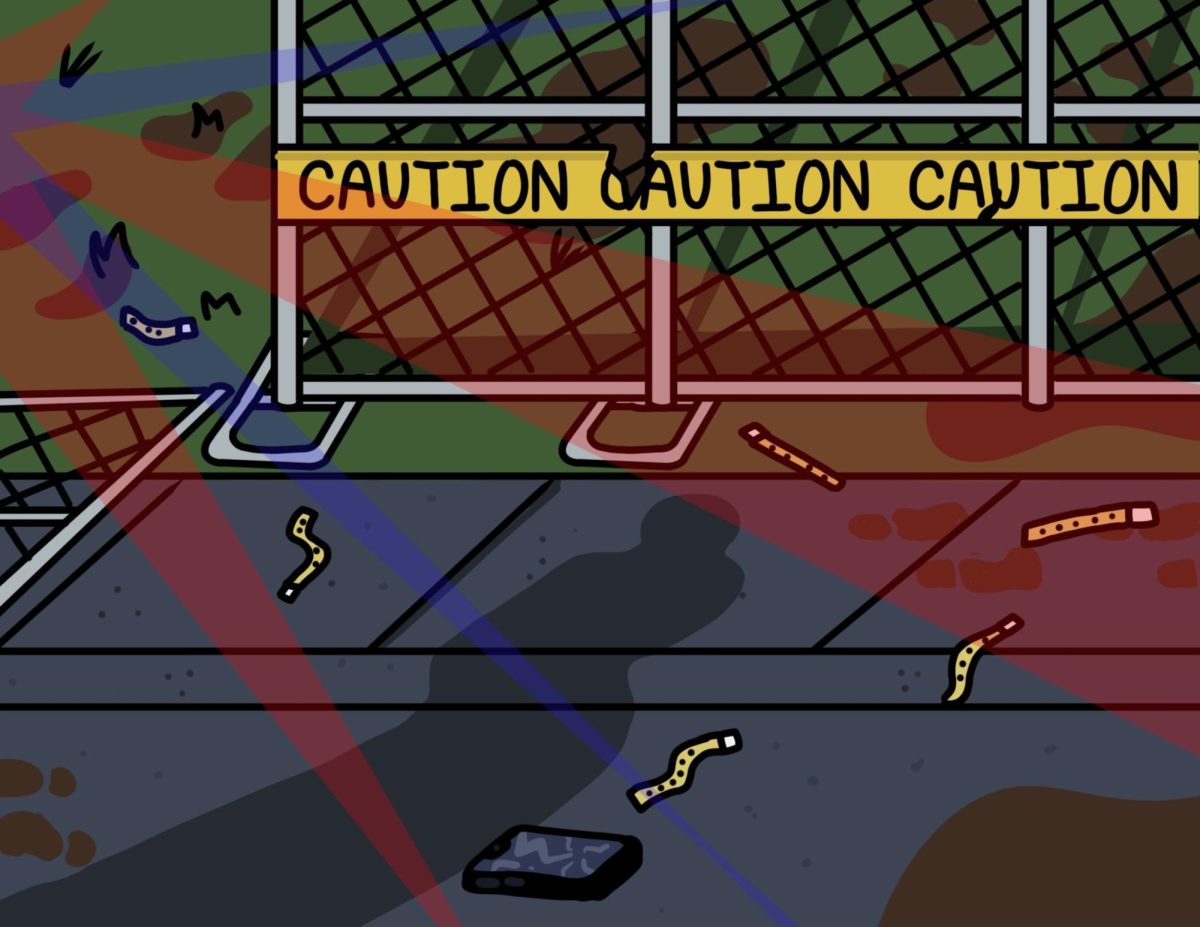Switching environments is not easy, nor is it seamless. Whether it’s going from living on a small campus where everything is an easy walking distance to commuting miles for just one class or living with your parents to being on your own for the first time, change is hard.
As a senior and a transfer student from a smaller university, I have picked up a few things over the years. While some of them may seem obvious, their simplicity makes a world of difference where it counts.
First, be sure to find multiple study areas that are somewhere other than your dorm or apartment. While it may be easy to lock yourself in your room and study there, it can affect the habits you make while studying.
According to a BBC article, working in bed can adversely impact both your sleep schedule and your physical health. In fact, “young people are particularly likely to fall victim to these bad habits, because they may not feel the strain of them right away.” When you find a good place to study, the environment itself can put you into a productive mood that helps you achieve more.
Depending on the weather, it’s always good to have more than one environment to study in. Whether that’s the library, a coffee shop or a place by the park, knowing your own needs for studying is good to keep in mind when finding those perfect spots.
Transitioning from an environment you know well to one that is unfamiliar, particularly a big campus, is a challenge. In order to somewhat help, Texas State has many forms of transportation that are specific to distances.
For local transportation, Texas State offers the Bobcat Shuttle as well as the Bike Cave on campus. Texas State also offers Spin scooters, similar to Lime and Bird seen in inter-metropolitan areas, where students can scan the QR code, pay and scooter away.
Another option to think about is Texas State’s interactive campus map that provides information and routes accessible to students as well as travel approximations. For a new student on campus, this can save a lot of time when you know the place you need to be but don’t know how to get there.
By becoming aware of the available options, students can get more acquainted with the campus and learn how to judge time constraints and distances. By having access to and knowledge of alternative transportation, students can feel more confident in their environment.
Whether it’s getting to class on time or making sure you have time to eat and study, knowing how to get from one place to another while adding pit stops is key. If you’re new to campus and are not familiar with the buildings or routes to get around, it’s easy to find yourself being late to class.
While some students trust the orientation walk-through, it’s important to know where your classes are and how to get to them beforehand. Some buildings, like Flowers Hall, for example, can be confusing to navigate, so try to get to places early in order to locate your class and get a good seat.
Another tip to avoid delays is to know the best time and place to grab food. For example, the 10-minute break in between classes is the worst time to try to stop by Chick-Fil-A since the line is usually out the door.
You can also opt for putting snacks in your bag the night before or take a moment to go to a dining hall where the lines are not as long. If you have a break between classes longer than ten minutes, go after the next class period starts when the lines are shorter.
College students have a reputation for being broke, and often, that is the case for many of us. As seen in the Federal Student Aid Department in the U.S. Department of Education, the current student debt is over $1.77 trillion with the average student loan balance in the state of Texas as $32,285.33.
When budgeting for the upcoming semester, find alternative options for things you need. Textbooks, for example, are often extremely expensive, and they are not always required for classes. If they are required, however, look at used copies which are often at a cheaper rate. Amazon.com and Chegg.com have great alternative renting plans that can save a student hundreds of dollars.
This year, Texas State is implementing a new system called BookSmart for textbooks which allows for students’ textbook costs to be included in their tuition. While this may be a good way to budget, it’s always best to check the prices and compare anyways.
Finally, the best tip I could possibly give you: read the syllabus. If you want to do well and not be worried about mistaken deadlines or class rules, read the syllabus your professor gives you. This is the most underrated rule in college, and while professors spout this constantly, it is undeniably worth paying attention to.
The syllabus is the best way to not be blindsided by quizzes or tests. Every professor, like every student, is different in the way they teach. Syllabus week can be relaxing for some but even so, make sure to pay attention as this week can be a way to understand how a professor structures their class.
Another way to impress your professor is to introduce yourself to them. If they know that you’re a good student, professors are more likely to hear you out on missed deadlines and bumping grades than students who they aren’t familiar with.
Be sure to enjoy yourself. Take serious things seriously, but don’t overwork yourself. It’s okay to relax, have fun with your friends and go to events.
-Megan Stanford is an international relations senior
The University Star welcomes Letters to the Editor from its readers. All submissions are reviewed and considered by the Editor-in-Chief and Opinion Editor for publication. Not all letters are guaranteed for publication.















